As a lifelong guitarist and someone who’s spent countless hours both tweaking and understanding the intricate dynamics of guitar acoustics, I’ve always known that even the slightest adjustment can transform your instrument’s voice. When it came to my cherished Les Paul, exploring the world of pickup height was both an adventure and a revelation. Having dealt with this issue myself and engaged with seasoned guitar technicians, I’ve found that adjusting the pickup height can dramatically influence your sound, offering both improved tone and responsiveness. In my pursuit of the perfect sound, I reached out to guitar enthusiasts and professionals who’ve fine-tuned these iconic guitars for decades. From their expertise and my own trial and error, I’ve gathered practical guitar maintenance tips that I’m eager to share. So, join me as we delve into why adjusting your Les Paul’s pickup height might just be the game-changer you’ve been looking for in optimizing your guitar care and performance.
What is Pickup Height?
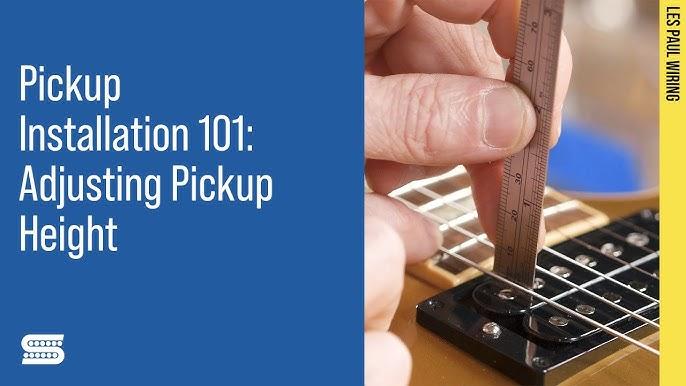
What if a simple adjustment could transform your guitar’s voice? While exploring the intricate details of my Les Paul, I stumbled upon this very revelation—pickup height. At its core, pickup height refers to the distance between the guitar strings and the magnetic pickups beneath them. This seemingly minor measurement can have a tremendous impact on your instrument’s timbre and output.
In my quest to harness the true potential of my Les Paul, a deep dive into the mechanics of pickup height was not just enlightening but transformative. As someone deeply entrenched in the world of acoustics and physics, I’ve always been fascinated by how such adjustments can drastically alter the soundscape. Even the slightest tweak in this parameter can shift the tonal balance remarkably, enhancing or softening the guitar’s voice in ways that might surprise even seasoned players.
Understanding the underlying physics allows us to wield control over the nuances of sound with an artisan’s finesse. By experimenting with pickup height, I’ve discovered that it’s not merely about volume or distortion. It’s about sculpting the tone—creating clarity or warmth, bite or subtlety, all to match the musical narrative I aim to convey. Delving deeper, I found that understanding what pickup height truly is becomes the first step towards unlocking new realms of sound design.
Why Adjust Pickup Height?
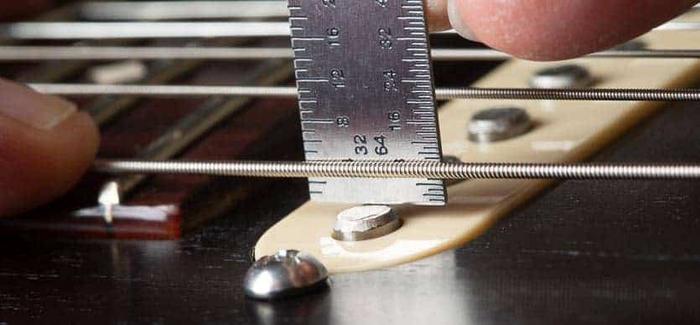
Adjusting the pickup height on my Les Paul was an eye-opening experience, shedding light on the subtleties of sound that often go unnoticed. Why does pickup height matter to your tone? This pivotal question struck me as I listened closely to the nuanced differences that even a slight tweak could make.
To many, adjusting pickup height might just seem like tinkering with volume, but for me, it was about sculpting my sound to fit my artistic vision. The impact of a small adjustment can be profound, transforming thin, brittle notes into warm, robust chords. As I experimented, I realized that lowering the pickups enhanced the clarity and sustain, while raising them brought out a more aggressive, dynamic punch. This journey wasn’t merely about achieving the ‘right’ sound but discovering the versatility and character hidden within my instrument.
Through these adjustments, I tapped into a deeper well of tonal possibilities, reminding myself why every detail matters in the pursuit of musical expression. My connection with my Les Paul only deepened, proving that sometimes, the path to true artistry lies in understanding and refining even the smallest aspects of our tools.
When to Adjust Pickup Height?

As a seasoned player and guitar enthusiast, understanding when to adjust the pickup height on my Les Paul has become as instinctual as tuning the strings before a show. When is the right time to rethink your pickup height settings? This pivotal question can redefine your sound experience. For me, it’s always been about vigilance and listening closely to the instrument’s voice. If the tonal qualities start to languish or the vibrant resonance lacks its usual clarity, it’s a clear sign to take action.
From my experience, the condition of your strings and your distinct playing style should dictate how often these adjustments are needed. Consistent maintenance is vital; never wait till the richness of the tone fades dramatically. Every strum and riff speaks differently, so being proactive ensures your guitar delivers its best performance. Remember, it’s not merely about correcting faults, but about achieving the sound you envisioned.
How to Adjust Les Paul Pickup Height
Tools Needed
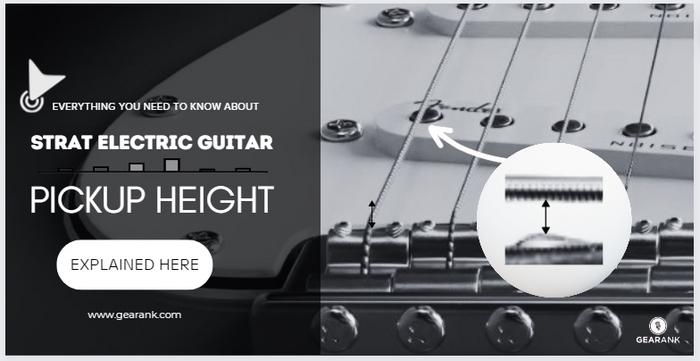
When diving into the nuances of adjusting Les Paul pickup height, the right tools are indispensable for achieving stellar results. What tools can play a pivotal role in elevating your guitar’s sound? After years of tweaking and refining, I’ve learned that a quality screwdriver and a precision ruler or caliper are essential. These core instruments, supplemented with a pickup installation guide, can transform a daunting task into an empowering experience. Proper instruments not only make the job easier but also ensure a professional finish. Investing in these tools not only aligns with essential guitar maintenance tips but also deepens my connection with the instrument. Equipped with the right tools, I felt uniquely prepared to follow each meticulous step outlined, avoiding pitfalls for optimum results.
Step-by-Step Guide
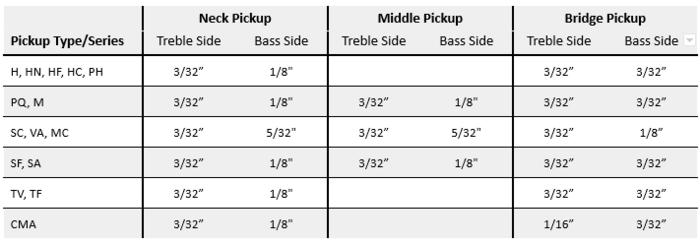
Now that we’ve explored why adjusting pickup height is crucial, you’re probably asking yourself, “What are the essential steps for achieving optimal pickup height?” With my years immersed in the art of lutherie, I’ve developed a systematic approach to adjusting Les Paul pickup heights, which minimizes errors and often unveils an entirely new tonal layer.
First, I ensure my guitar is properly tuned, as this affects string tension and thus impacts pickup height consistency. Then, I use a screwdriver to carefully loosen the pickup mounting height screws, which allows precise tweaks to the humbucker pickup height. The trick is subtlety and patience; adjusting merely a few millimeters can profoundly change the sound. I prefer measuring the initial height with a ruler, providing a reference point for any adjustments and helping to track improvements.
Constantly testing the sound at each height, I maintain a keen ear for the sweet spot where the pickup delivers the ideal balance of clarity and warmth. Too low, and the tone may lack power; too high, and it could distort the sound. Fine-tuning this balance has not only refined my own auditory palette but has also empowered me to tailor a guitar’s voice to any player’s taste. By following this methodical process, you, too, can unlock new tonal dimensions within your Les Paul.
Common Mistakes to Avoid
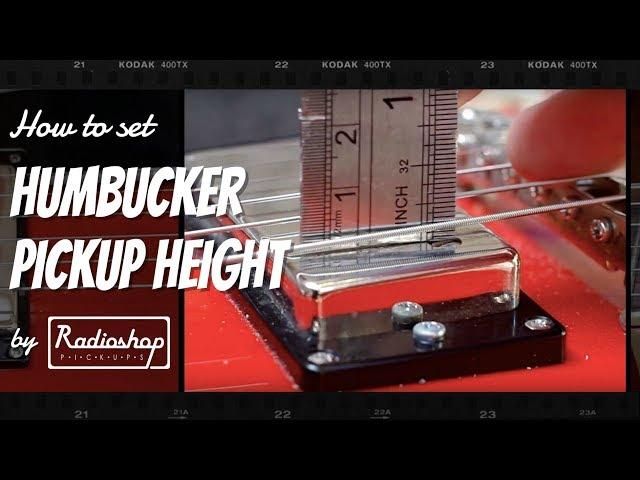
Adjusting the pickup height on my Les Paul was a journey filled with insights. What pitfalls should you evade for a successful adjustment? Firstly, one of the most common mistakes I’ve seen and experienced is failing to consider the impact of string height on pickup performance. This oversight can result in a sound that’s either too muddy or excessively bright. Through lessons learned, I discovered that even small deviations in height can drastically alter the tonal balance of your guitar.
Another error is neglecting to conduct a comparison of pickup heights for both the neck and bridge pickups. Each has its unique tonal contribution, and aligning their heights incorrectly can lead to an imbalanced mix. I also learned that improper adjustment can cause the strings to either touch the pickups or be too far away, both of which compromise the sound quality.
In addressing these mistakes, I emphasize the importance of patience and attention to detail. It’s through meticulous tweaking that we can ensure the full potential of our instrument is realized and our sound truly shines.
Best Practices for Optimal Sound
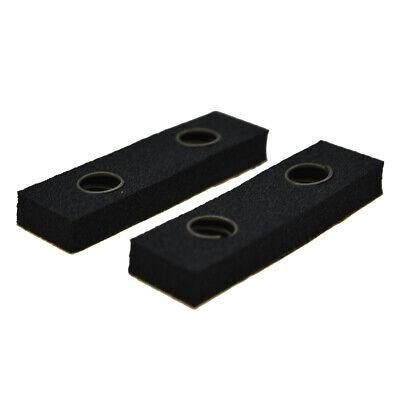
The journey of finding the perfect tone is as endless as it is rewarding. As a guitar enthusiast, I often find that the pursuit of optimal sound with my Les Paul has led me down paths both well-trodden and untamed. What strategies do experts recommend for achieving the best sound? This is a question that has inspired countless hours of both artistic instinct and meticulous technique adjustments.
When adjusting my pickup height, I realized that a delicate balance between the two poles—too close, and the sound can be overbearing and distorted; too far, and the signal becomes weak and lackluster. I’m reminded of a mantra I hold dear: the best sound is typically discovered at the intersection of technique and instinct. I encourage embracing experimentation, as it has repeatedly opened new doors of sonic expression for me.
From altering the height of your pickups to tweaking the tone controls, each adjustment becomes an opportunity to blend the precision of engineering with the unpredictability of art. It’s not just about achieving a harmonious blend but also understanding the nature of the instrument and how it responds to your personal style. Your Les Paul becomes a canvas, with every twist of a screw and turn of a knob adding depth to your tonal masterpiece.
FAQs
Why should I adjust the pickup height on my Les Paul?
What changes occurred after adjusting the pickup height?
How do you determine the optimal pickup height?
Are there any risks involved with adjusting pickup height?
Conclusion
How can a simple adjustment lead to profound musical changes? Reflecting on my journey with adjusting the Les Paul pickup height, I’ve discovered it’s more than a mechanical tweak—it’s a gateway to guitar sound optimization. Each shift in height taps into tonal nuances, offering a range of sonic textures that redefine how my music connects with emotions. This process turned into a personal exploration, revealing the unique voice locked within the Les Paul. Through careful les paul pickup adjustment, I navigated from muddied tones to clear, vibrant sounds, enhancing my musical expression. The key takeaway here is that every adjustment presents an opportunity. So embrace this journey with an open mind and even keener ears. In the end, the power to find your Les Paul’s best voice is right at your fingertips.

R.M. Mottola, an engineer-turned-luthier, revolutionizes stringed instrument design with his deep focus on acoustics and ergonomics since 1994. As editor of the Savart Journal and a key contributor to American Lutherie, Mottola merges science with artistry in lutherie. He enriches the field with his extensive knowledge, shared through his Liutaio Mottola website, making him a beacon in the world of modern instrument craftsmanship.
